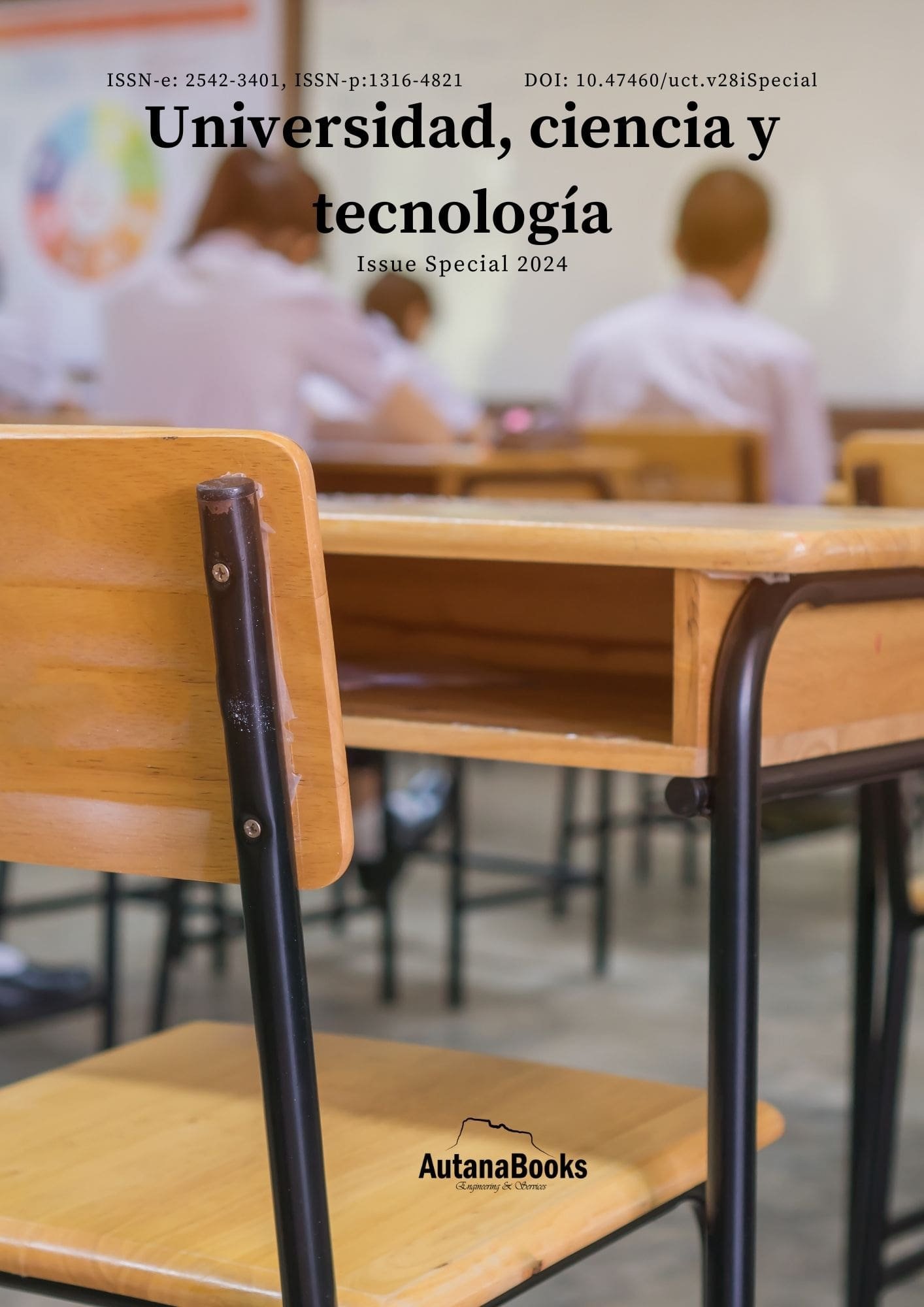Abstract
This study examined the perception of physical activity concerning the educational inclusion of university students with motor disabilities. The objective was to analyze the perception of physical activity as a fundamental element for the educational inclusion of university students with motor disabilities. The methodology included a detailed bibliographic review and a set of surveys to understand the reality of physics education. The results revealed that, despite the physical and social benefits of physical education, there are challenges of accessibility and awareness in the student and teacher population. Furthermore, they showed that there is no appropriate conditioning of the facilities for students with specific educational needs, and likewise, the lack of specialized resources could be confirmed. These findings reveal the need to include better infrastructure plans, space conditioning, and resource management to improve inclusive physical education classes.
References
[2] R. Cruz, «Educación inclusiva, profesores y estudiantes con discapacidad: una mirada desde lo relacional,» Sinéctica Revista electrónica de Educación, vol. 2, nº 53, pp. 1-28, 2019.
[3] C. Pilozo, «Intervención pedagógica para la inclusión escolar de estudiantes con necesidades educativas especiales,» Ciencia y Educación Revista científica, vol. 1, nº 9, pp. 39-56, 2020.
[4] M. E. S. Díaz, «Inclusión educativa y educación inclusiva en las prácticas pedagógicas de Educación Física.,» Lecturas: Educación Física y Deportes, 26(285)., 2022.
[5] M. Sierra, «Inclusión educativa y educación inclusiva en las prácticas pedagógicas de Educación Física,» Lecturas: Educación Física y Deportes, vol. 26, nº 285, pp. 150-160, 2022.
[6] G. Yazcayir y H. Gurgur, «Students with Special Needs in Digital Classrooms during the COVID- 19 Pandemic in Turkey,» Pedagogical Research, vol. 6, nº 1, pp. 1-10, 2021.
[7] A. Castillo, «La formación del profesor de Educación Física en las Necesidades Educativas Especiales, hacia la reflexión y la acción, desde acuerdos internacionales y Leyes en Chile,» Retos nuevas tendencias en Educación Física, Deportes y Recreación, vol. 44, nº 1, pp. 709-715, 2022.
[8] C. Paredes, «La formación del profesor de Educación Física en las Necesidades Educativas Especiales, hacia la reflexión y la acción, desde acuerdos internacionales y Leyes en Chile.,» Retos: nuevas tendencias en educación física, deporte y recreación, (44), , pp. 709-715, 2022.
[9] A. Salas, J. Cuevas, G. Hoyos, M. Chávez, E. Valenzuela y S. Vega, «Percepción de universitarios sobre la inclusión educativa en la Licenciatura en Cultura Física y Deporte,» Retos Nuevas tendencias en Educación Física, Deportes y Recreación, vol. 51, nº 2, pp. 419-425, 2023.
[10] C. Zambrano, «Intervención pedagógica para la inclusión escolar de estudiantes con necesidades educativas especiales.,» Ciencia y Educación-Revista Científica, vol. 1, nº 9, pp. 39-56, 2020.
[11] M. Nuñez y V. Lloren, «La educación inclusiva y su relación con las competencias socioemocionales y morales del profesorado en la escuela,» Aula abierta, vol. 51, nº 2, pp. 171-180, 2022.
[12] A. Rosa, E. García y P. Carillo, «Percepción de salud, actividad física y condición física en escolares,» Cuadernos de psicología del deporte, vol. 18, nº 3, pp. 179-189, 2018.
[13] A. Castillo, F. Montalva y R. Nanjarí, «Actividad Física, Ejercicio Físico y Calidad de Vida en niños y adolescentes con Trastorno por déficit de atención y/o hiperactividad,» Revista Habanera de Ciencias Médicas, vol. 20, nº 15, pp. 1-15, 2021.
[14] A. Luque, A. Gálvez, L. E. J. Gómez y L. Tárraga, «¿Mejora la Actividad Física el rendimiento académico en escolares? Una revisión bibliográfica,» Journal of negatice & no positive results, vol. 6, nº 1, pp. 84-103, 2021.
[15] G. Capote, Á. Rodríguez, E. Analuiza, C. Cáceres y P. Rendón, «El deporte, el entrenamiento deportivo y los entrenadores,» Lecturas: Educación Física y Deportes, vol. 22, nº 234, pp. 1-12, 2018.
[16] M. Bennasar, «Estrategias pedagógicas de la educación física en alumnos con discapacidades y necesidades educativas especiales,» Encuentros, vol. 1, nº 10, pp. 329-340, 2022.
[17] G. Tebes, D. Peppino, P. Becker y L. Olsina, «Especificación del Modelo de Proceso para una Revisión Sistemática de Literatura . Specifying the Process Model for a Systematic Literature Review,» Universidad Nacional de la Pampa, La Pampa, 2019.
[18] G. &. G. H. Yazcayir, «Students with Special Needs in Digital Classrooms during the COVID-19 Pandemic in Turkey,» Pedagogical Research, 6(1), 2021.

This work is licensed under a Creative Commons Attribution 4.0 International License.


